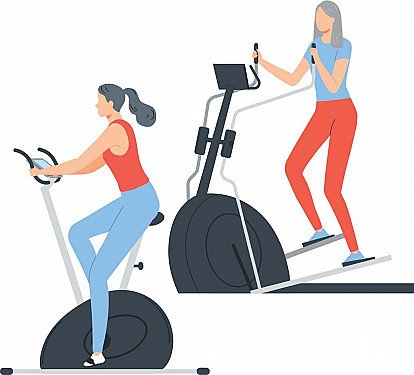Why should you stretch?

Stretching is useful at any age. It increases your range of motion, keeps muscles limber, improves posture and balance, and helps prevent falls. As you age, stretching becomes even more important. Your joints become less flexible over time. Inflexibility puts a crimp in daily activities, making it harder to walk, raise your arms overhead, or turn your head while backing up the car. It undermines balance, too, which can cause life-altering falls.
When leg muscles are tight—a common result of too much sitting—you're not able to fully extend your leg and straighten your knee, so your stride may be shortened and less powerful. Inflexible hamstrings have been implicated in chronic low back pain, because they change the tilt of the pelvis, placing more pressure on the joints in the lower back. And for anyone who plays sports or works out, tight muscles may contribute to muscle strains, knee pain, and diminished performance because the muscles aren't able to fully extend.
As you work your way up and down the body, many more examples come to mind. Tight ankle and calf muscles may turn a trip into a tumble. Tight arm and side muscles may interfere with any task or sport involving reaching. Tight neck muscles make it hard to look behind you. Being inflexible can even affect your posture. For example, tight chest muscles can pull your shoulders forward, giving you a hunched silhouette instead of a longer, slimmer looking one.
To learn the benefits of specific stretches and how they help your overall health, read the Special Health Report, Stretching from Harvard Medical School.
Disclaimer:
As a service to our readers, Harvard Health Publishing provides access to our library of archived content. Please note the date of last review or update on all articles.
No content on this site, regardless of date, should ever be used as a substitute for direct medical advice from your doctor or other qualified clinician.















